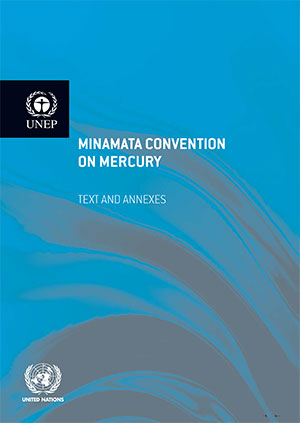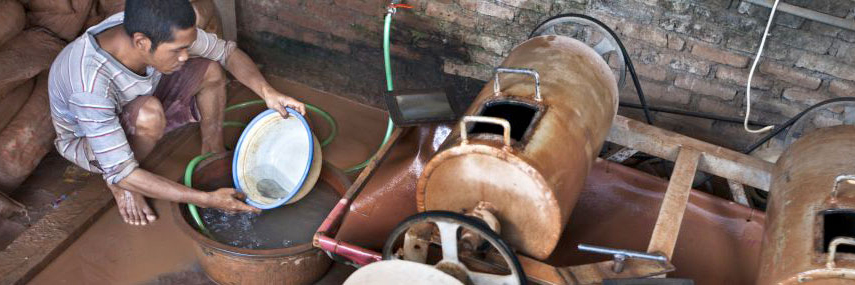Breaking News
Biodiversity Research Institute (BRI) announces the publication of the scientific paper Amazon forests capture high levels of atmospheric mercury pollution from artisanal gold mining in the January 28 issue of Nature Communications. In this new study, an international team of researchers show that illegal gold mining in the Peruvian Amazon is causing exceptionally high levels of atmospheric mercury pollution in the nearby Los Amigos Biological Station.
Understanding the Use, Release, and Effects of Mercury in Artisanal Gold Mining
Artisanal and small-scale gold mining (ASGM) is the largest single source of mercury emissions in the world, representing nearly 40 percent of all global emissions. The release of mercury from the mining process creates a high risk of human exposure and may also adversely affect adjacent terrestrial and aquatic ecosystems.
BRI’s ASGM projects cross boundaries and programs:
Below, find a list of our current and completed ASGM projects; click the link for project information.
ASGM Projects World Wide

Reducing mercury use within the ASGM sector requires a multidisciplinary approach that addresses technical, social, economic, and ecological issues. As a member of UN Environment’s ASGM partnership area, BRI is working with organizations and government agencies across the globe to help countries reduce the use of mercury in ASGM practices, and to meet the requirements of the Minamata Convention.
Current Projects
- Indonesia
- Colombia
- Ecuador
- Gabon
Completed Projects
National Action Plans

Article 7 of The Minamata Convention on Mercury stipulates that countries with ASGM activities in their territories must develop a National Action Plan outlining steps that will be taken to reduce, and where feasible eliminate, mercury use in the ASGM sector.
In 2014, BRI worked with the Natural Resources Defense Council and a team of experts in mining and policy development to provide recommendations for the development of National Action Plans that reflect current requirements under the Minamata Convention. The resulting guidance document on National Action Plans was provided to UN Environment and presented to delegates at the Intergovernmental Negotiating Committee on Mercury (INC6) held in Bangkok, Thailand, November 3-6, 2014.




